Even if one was to cut through the clutter and hype surrounding electric mobility, especially in the two-wheeler space, it does look like the future of two-wheeled commuting will be all-electric. That future is not very far off. And if one was to consider that impending electric two-wheeled future, will the Bounce infinity E1 be the harbinger of what is to come?
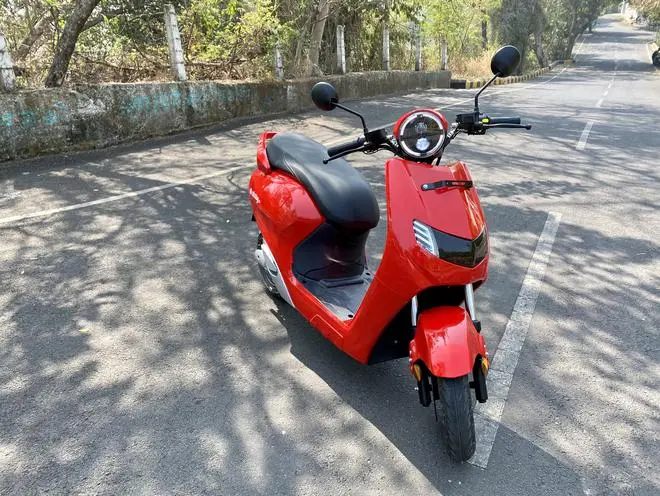
Unlike electric passenger vehicle development where a mass market EV is a little way off, yet, the e2-wheeler segment is seeing rapid development across price segments and performance categories. Of course, one of the categories that we have already seen is the low speed, highly affordable electric scooter, and then came Ola electric with its S1 pro. Now, while there is an audience that is more mature and can understand the positioning of an expensive well-designed, high-performance scooter, there is still an overwhelming preference for a scooter that can fundamentally provide commuting as the primary function. The big chunk of users are still going to want a scooter to be more of a run about while it continues to offer them an aspirational aura, so that their pride of ownership as a parameter is also met.
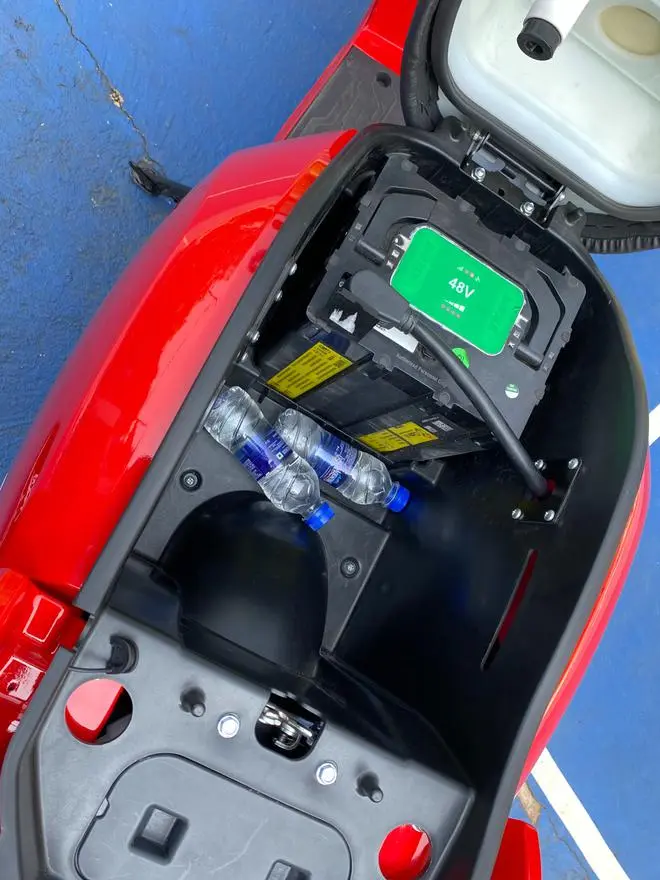
Origins
Bengaluru-based Bounce’s Infinity E1, their first ever e-scooter offering and their first attempt at manufacturing itself, will seek to straddle a sort of twin platforms. The E1 is likely to be identified as a functional scooter which can still deliver some of the connected features, smartphone connectivity, and digital experiences like OTA updates, while offering the generic e-scooter experience. But how do all of these come together in the E1? How does it feel in terms of its build and everyday usability?
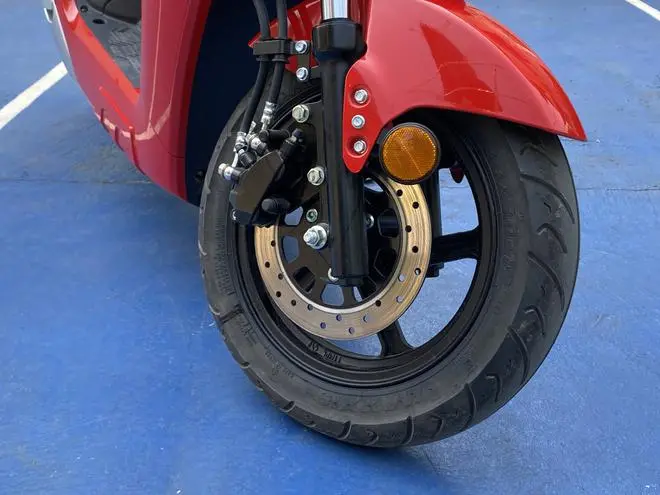
First a bit about Bounce. Bounce is a start-up that began its life as a luxury bike rental outfit and a dockless scooter sharing solution. They were primarily a company that focused on delivering mobility as a service. The company has clocked over 200 million km on this shared mobility lifecycle. Bounce’s Infinity E1 is not the first scooter in the market that’s going to look at the bottom half of the e-scooter segment. It is also not the first brand of e-scooter that offers a swappable battery instead of fixed battery (like in the case of many of the recent e-scooter launches). But Bounce Infinity E1 and Bounce as a company could be amongst the first that would offer the entire electric ecosystem to its customers.

EV ecosystem
Bounce has created one of the most widespread and densest battery-swapping infrastructure available to its users already. The geographic footprint currently is relatively small. But the company is going to be replicating its success at creating the battery-swapping infrastructure in Bengaluru in many other metros of India. Currently, you can use the battery swapping infrastructure available within the radius of Bengaluru city, where there is a battery swapping station within a 2.5 km radius, which company officials claim will be brought down to a one km radius, which means your range anxiety would not be a problem if you are a Bounce e-scooter user since you will able to simply lift off the swappable battery from your scooter, slot it into one of the charging stations, and instead ride away after choosing a fully charged battery already in the station.
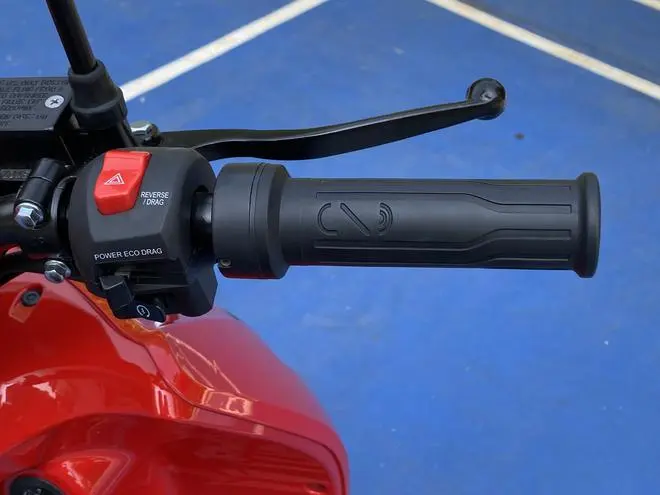
So, what does the Bounce Infinity E1 bring with it to the E-scooter party? First, a disclaimer - The Infinity E1 that you see in these pictures is a production prototype and company officials stressed that some of the rough edges will be cleaned up and that the final delivery spec for the E1 would feature a higher level of finish quality. That said, the first impression even when I walked up to the scooter in Mumbai last week was that this is a scooter that attempts to bridge a gap. It will appeal to the kind of user that will appreciate practicality and the comforting message of a low total cost of ownership. But it will attempt to fill the gap between built to a price and a premium e-scooter by offering the entire portfolio of features that can be offered by an electric. The E1 is a swappable battery model and customers will have the option of buying the scooter with the battery or opt for a subscription scheme. The subscription model significantly lowers the price, in fact, to as low as about Rs 56,000 (excluding state subsidies). The E1’s 2kWh swappable battery can be charged at your home socket if you’ve bought the e-scooter with it; if you opt for the subscription model, you don’t get a charging adaptor and will have to swap the battery at one of the Bounce stations. The rate for a fully charged battery at the swap station is expected to be about Rs 35. And you can expect a ‘true range’ of about 65 km on a fully charged battery; 50-55km if you plan on riding in ‘power’ mode. Real world range could be lower based on riding conditions.

Design and Build
I travelled to Mumbai last week to ride the Infinity E1. The e-scooter has a ‘retro’ charm thanks to that naked handlebar with the exposed neck. But there is also a big scooter vibe in the way the rest of the body has been designed and constructed. Chunky side panels, a broad, contoured seat and an oversized grab handle at the rear give it a full-size scooter presence. The lights are all LED and the body panels are all ABS plastic. It features a tubular chassis underneath and the 2.2kW brushless DC motor is fitted at the rear wheel. The E1 is almost as big as the Honda Activa. With a wheelbase of 1,265mm, it is just a shade longer than the Honda. The ground clearance is 155mm and the saddle height has been set at 780mm; will certainly help riders who are at or below the average Indian height and build. It is also a lightweight scooter (97 kgs) compared to most ICE scooters. Body panels are ABS plastic, and the paint job is excellent.

The very VRLA-like (lead-acid) swappable lithium-ion battery sits inside the under-seat storage with a connector that snaps on at the top. The battery can be swapped by twisting the electrical connector’s cap and simply lifting it off using the in-built handle. This does restrict the amount of space available under the seat and one can barely fit an open face helmet there. Available storage space will be an issue since there is no option currently to add a front box. You might need to get an aftermarket tail or top box. If a buyer was to choose to buy the battery, it can’t be swapped at a battery station unless, the person subscribes to an extra battery. The company calls it the ‘loaned battery’, which the buyer can register and purchase by using the Bounce app. The primary battery (if you choose to own one) cannot be swapped. Bounce also says that it has secured the batteries from being pilfered or misused by using GPS, GPRS, an embedded SIM and RFID tech, which enables both tracking and syncing to a central system.

Performance and ride
On the road, the Infinity E1 feels like a typical commuter ICE scooter. Thanks to the instant torque that is delivered to the rear wheel, it keeps up with the rest of the two-wheeler traffic on the road up to a point. As the speedo readout crosses the 45 kmph mark, the lack of a top end leads to the inevitable overtake by ICE scooters. During my ride, in power mode, I managed to hit a down-gradient-assisted 66kmph top speed. Regenerative braking routes charge back to the battery every time brakes are applied; not when the throttle is cut-off. The E1 is meant to be used as a commuter; and there are hints that it has been built for price-conscious customers. But hardware integrity was surprisingly good during my ride and the E1 took quite a bit of flogging to its limits without any issues. The suspension features twin forks at the front and twin shock absorbers at the rear. The ride is a bit stiff and may be a bit different if a pillion was present. Going over bad roads and speed breakers even at speed wasn’t a problem.
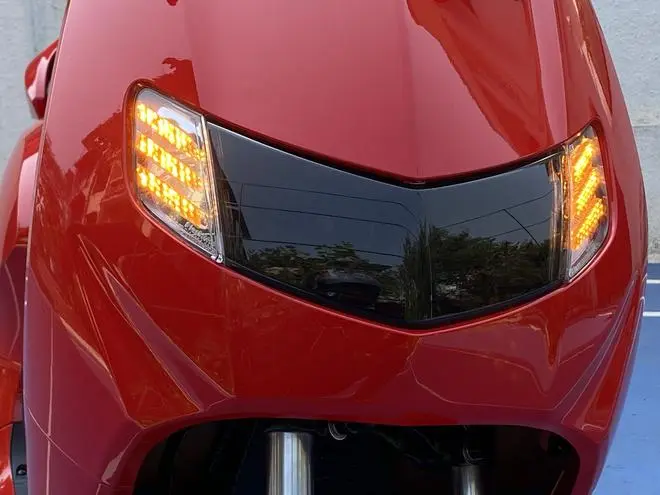
There is enough pulling power to handle steep gradients even with a pillion, though speeds will drop down to the 20s if you are going to attempt climbing a ghat section, for example. The E1 stops confidently with disc brakes for both the front and the rear wheels. The front brake disc is a 230mm with CBS (combi brake system) and the rear is a 203mm disc. The performance package includes three drive modes - Eco, Power and Drag. The drag mode is an interesting addition, which allows only a top speed of about 3kmph, so that the rider can walk along with the scooter (instead of pushing it). There is also a reverse option, again at restricted speed, to engage and take the E1 out of a tight parking spot. The algorithms for the motor’s performance have been programmed well to deliver a different experience in each mode. But I did experience a few bugs that need to be sorted out.

The digital instrument display in the handlebar console displays multiple ride-related info including, Battery SOC (state of charge), speed, Odo reading, scooter status, Bluetooth connection and turn indicators. To add to the digital and connected app scooter experience, the E1 offers safety features like geofencing - preset geographical boundary within which the scooter can be used and alerts if it is taken out. It also has a vibration sensor that sends alerts remotely in the event of an attempted theft.
Bottom Line
The Bounce Infinity E1 production prototype that I test rode managed to deliver a relatively bug-free experience in terms of both its hardware and software. The pop-out foot-pegs, the rear view mirrors, etc., point to an economical build, but the rest of the scooter seems fine. Company officials claim that some of these build issues will be addressed before the scooter is delivered to customers. The good bit is that in addition to the five body colours, the E1 can also be customised with the addition of personalised skins. The company is also linking up with artists to create special design skins.
The company has been taking bookings for the Infinity E1 and has apparently gotten responses from cities that were initially not in the launch list in the first phase. But plans have had to be changed due to the booking response. The E1 has been priced at ₹ 79,999 for the owned battery model and ₹ 56,000 for the battery lease model (both excluding state subsidies). If you are in the market for an intracity commuter e-scooter, the E1 can be a good choice with its low entry price and fast developing battery-swapping infrastructure.





Comments
Comments have to be in English, and in full sentences. They cannot be abusive or personal. Please abide by our community guidelines for posting your comments.
We have migrated to a new commenting platform. If you are already a registered user of TheHindu Businessline and logged in, you may continue to engage with our articles. If you do not have an account please register and login to post comments. Users can access their older comments by logging into their accounts on Vuukle.